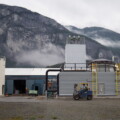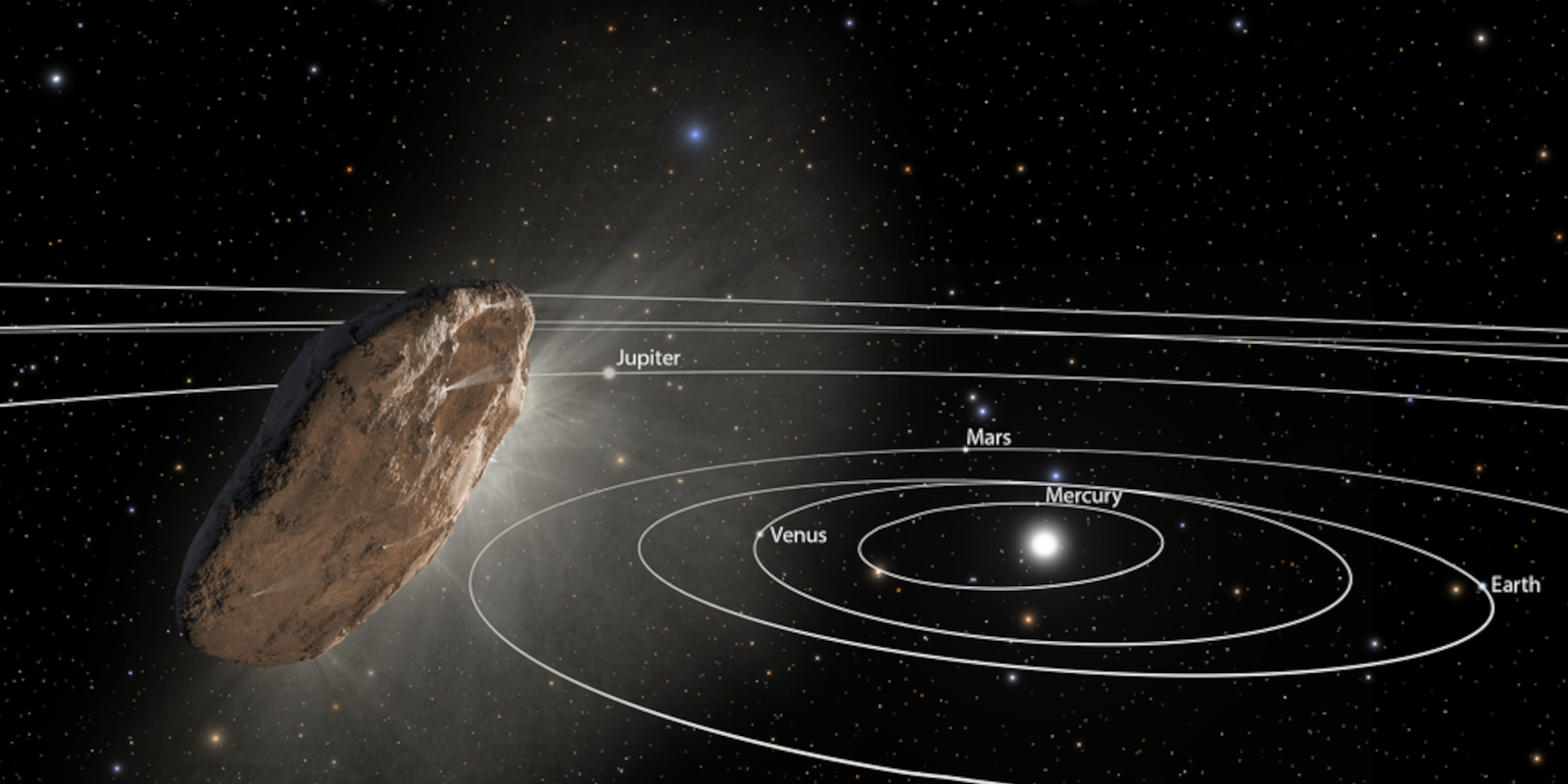Nearly four years ago, in October of 2017, we were visited by an unexpected guest.
It was an object, long and flat, its length five to ten times larger than its projected width. It was first detected by Canadian astronomer Robert Weryk at the University of Hawaii.
It was an object that journeyed from another star and it was the first interstellar visitor to our solar system. First documented, at least. It was named ‘Oumuamua.
We still do not know what it was. Perhaps an asteroid or a comet, though perhaps not. It had no tail of evaporated gas, for instance. Other strange facts persist.
Perhaps it was an alien probe, sent to explore. Or a solar sail, long lost. Does that sound crazy?
Professor Avi Loeb is an astrophysicist at Harvard University and he does not think it is crazy. Not enough to rule out extraterrestrial origin for ‘Oumuamua, at least. But we will never know if we do not actually make the effort to look.
We should make that effort, says Professor Loeb, in an exclusive interview with The Hub. And not just for a closer look at ‘Oumuamua, but for other relics that may be elsewhere in our galaxy, to be found using a new field of study that he terms “space archaeology”.
What is space archaeology?
It is theoretically plausible that perhaps there are alien probes (or alien spaceships, or any other type of objects) probably from far, far away and a long, long time ago, floating about in space and waiting to be found.
“If another civilization predated us, they may have sent a lot of equipment prior to our existence, and we can find that equipment. And I call that space archaeology or extraterrestrial archaeology because it resembles what we do on Earth. By digging into the ground, we find relics of cultures that predated us and are not around anymore.”
Like walking the beach and coming across a plastic bottle amidst the sand and rocks and shells. A crafted, artificial object like that would tell you a lot, he says.
“My proposal is to just ‘walk on the beach’, and most of the time we would see natural rocks like comets or asteroids, and then every now and then we might see a plastic bottle that implies that a civilization predated us.”
Professor Loeb just wants more data before we determine anything, one way or another.
His GALILEO project, just recently launched at Harvard University, aims to search space for “’Oumuamua-like objects and to test whether such objects may be astro-archeological artifacts or active technological equipment produced by one or more putative, existing or extinct extraterrestrial technological civilizations.”
What would this look like? As he explains:
“We simply want to get high resolution images of these unidentified objects, so that we can infer their nature. And if they happen to be human-made, or some aerial phenomena that we can explain by exotic events in the atmosphere, so be it. But let’s just clear up the fog using the scientific method by deploying telescopes equipped with cameras connected to computer systems, and let’s just follow the standard scientific procedure of a transparent analysis of the data, which is how we can clarify the nature of these objects.”
The evidence might be out there
This is an effort complementary to the broad scientific search for extraterrestrial intelligence, or SETI, which scans the universe for electromagnetic signals or other technosignatures associated with equipment or technology that would indicate intelligent life.
If there are or have been other intelligent civilizations, which is not an implausible assumption, it is also not a huge leap to imagine they might have sent out some evidence of their existence. After all, we have sent objects of our own. For instance, the two Voyager spacecraft, launched in 1977, each carried a gold-plated copper disk phonograph record containing ambient sounds from earth, animal noises, greetings in numerous languages, information about earth and humans, and various images of earth and our solar system.
Also on the records were a selection of songs, including Beethoven’s Fifth Symphony and Chuck Berry’s “Johnny B. Goode”.
No, not that space archaeology
Professor Loeb, though, is not the first to coin the term space archaeology. Consult the hive mind to find that it is also “the research-based study of various human-made items found in space, their interpretation as clues to the adventures humanity has experienced in space, and their preservation as cultural heritage.”
In other words, an ongoing examination and preservation of what we ourselves have brought to the stars so far in our short time amongst them. The accomplishments, and the clutter.
Not that space archaeology, either
In other common usage, space archaeology refers to using our modern space-age technology to aid archaeological exploration on earth; satellites, in orbit and with a better-than-birds eye view, peer back upon our planet, reading like braille the rippling anomalies under the surface to detect, map, and decipher the bulging marks of civilization and ruins long left buried and invisible.
Which is all well and good. But Professor Loeb wants to turn our gaze elsewhere. Look up and out, not down and within. Find what else there may be beyond the bounds of ourselves.
Maybe just a bunch of rocks in empty space.
But maybe something else.
Recommended for You

University of Toronto ranked fourth best in the world for scientific research as Chinese universities make major gains

Levi Minderhoud: Canada’s provinces should follow peer countries in Europe and ban medical transitions for minors

Canada’s MAID program is the fastest growing in the world, now representing over 4 percent of all deaths

Phil De Luna: Canada is on the verge of a world-leading carbon removal industry




